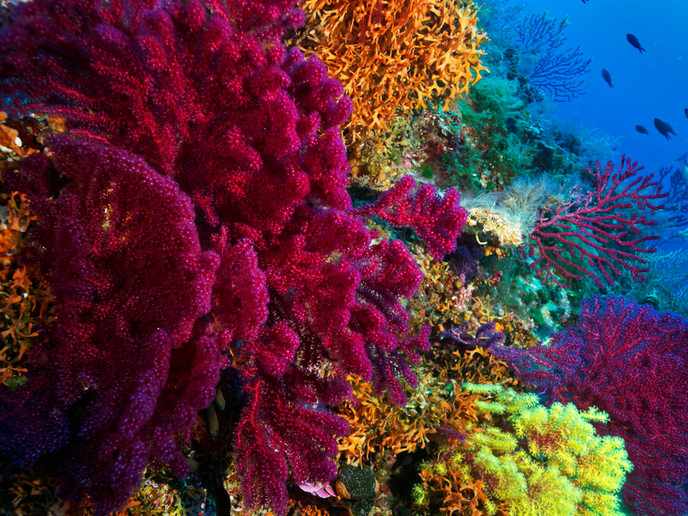Past global warming sheds light on the life and death of cold-water corals
Cold-water corals (CWCs) are a vital part of deep-water ecosystems. They provide a home for many different creatures, regulating the food web structure and nutrient cycling, and helping to maintain ocean biodiversity. However, these vital organisms are considered vulnerable to threats caused by climate change. In fact, scientists expect them to be severely affected by ocean warming, deoxygenation, acidification, food depletion and other environmental changes that oceans may suffer in the future. Yet, despite the ever-mounting evidence of a changing climate, to date there has been no documented proof of a CWC ecosystem becoming extinct, leaving us with the question: How will CWCs really respond to environmental changes in the future? Recognising the importance of this knowledge for their future protection, researchers supported by the EU-funded ATLAS and iAtlantic projects analysed ancient evidence of past climate change found in marine sediments. The research team wanted to identify the key physical and chemical parameters determining the life and death of CWCs in a specific region. Therefore, they created the first comprehensive database of palaeoenvironmental parameters believed to have driven the development of these corals over the last 20 000 years or so. “This interval of time comprises the last major global warming event associated with the transition from the last glacial period to the present interglacial, which is characterized by a sea level rise of around 120 m and a large-scale reorganization of the oceanic-atmosphere system,” the researchers write in their study published in the journal ‘PLOS Biology’. To assess how changing palaeoenvironmental conditions affected the development of CWC ecosystems, the scientists collected marine sediments from six CWC sites in the North Atlantic Ocean and the Mediterranean Sea that exhibited at least one major change in CWC growth. They used these sediments to reconstruct ocean conditions and map the occurrence of the common coral species Lophelia pertusa over the last 20 000 years.
If it is not ocean temperature …
The analysis revealed that changes in food supply – delivered either laterally by turbulent water flow along the sea floor or vertically from shallower depths – had the greatest impact on L. pertusa vitality in this period of time. Also, low oxygen concentrations at the bottom of the ocean seemed to be an added stressor. Interestingly, neither ocean temperature nor salinity showed any significant changes associated with the proliferation or demise of L. pertusa. “Marine sediment records from the North Atlantic and the Mediterranean Sea reveal that events of growth and mortality of cold-water corals induced by climatic changes over the last 20,000 years were mainly triggered by food supply controlled by export production and turbulent hydrodynamics rather than by changes in the bottom-water temperature,” confirms study first author Dr Rodrigo da Costa Portilho-Ramos of ATLAS (A Trans-AtLantic Assessment and deep-water ecosystem-based Spatial management plan for Europe) and iAtlantic (Integrated Assessment of Atlantic Marine Ecosystems in Space and Time) project partner University of Bremen, Germany, in a news release posted on ‘EurekAlert!’. So what could determine the life and death of CWCs in the coming decades? The answer most likely lies in climate-driven changes to ocean processes that affect food supply. For more information, please see: ATLAS project website iAtlantic project website
Keywords
ATLAS, iAtlantic, ocean, coral, cold-water coral, climate change, global warming, food



